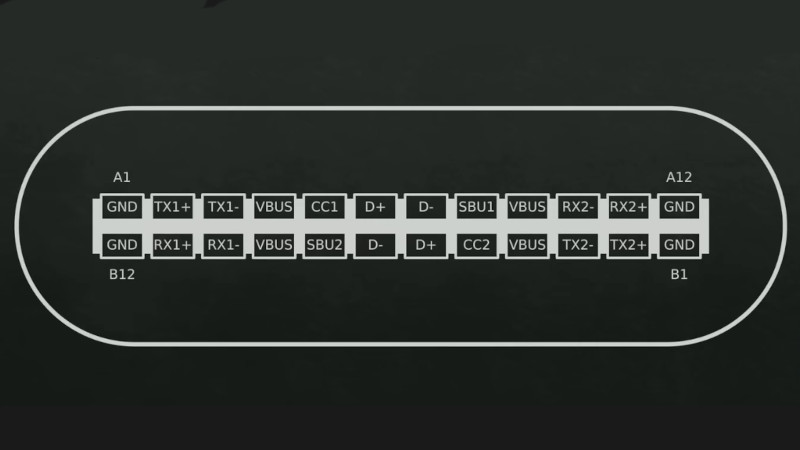A Basic USB-C Primer

Over the last five years or so there has been a quiet take-over of the ports on laptops, phones, and other devices, as a variety of older ports as well as the familiar USB A and micro USB sockets have been replaced by the now-ubiquitous USB-C port. It’s a connector which can do so many things, so many in fact that it bears a handy explanation. The Electromagnetic Field 2022 hacker camp has been quietly uploading videos of its talks, and a recent one has [Tyler Ward] explaining the intricacies of the interface.
Many of you will be familiar with XKCD number 927 which makes a joke about proliferating connector standards, and it’s evident that USB-C is a rare case of a connector which bucks the trend of simply making another standard, and has instead created something with which it makes sense to replace what went before. We learn about the intricacies of inter-device communications and USB-PD, and the multiple high-speed connection lanes shoehorned into it. That one small connector can plug into a laptop and provide power, USB peripherals including network, and display, is nothing short of amazing. Take a look at the video below the break, and if you’re interested in diving deeper, have a look at our colleague [Arya Voronova]’s USB-C for hackers series.
from Blog – Hackaday https://ift.tt/rLb8nj6
Comments
Post a Comment